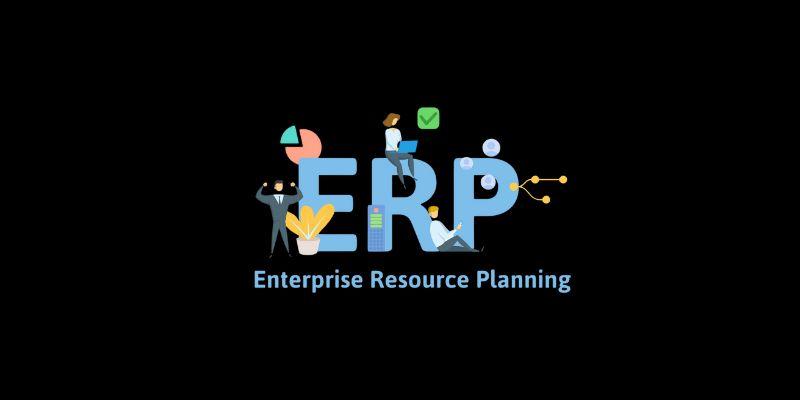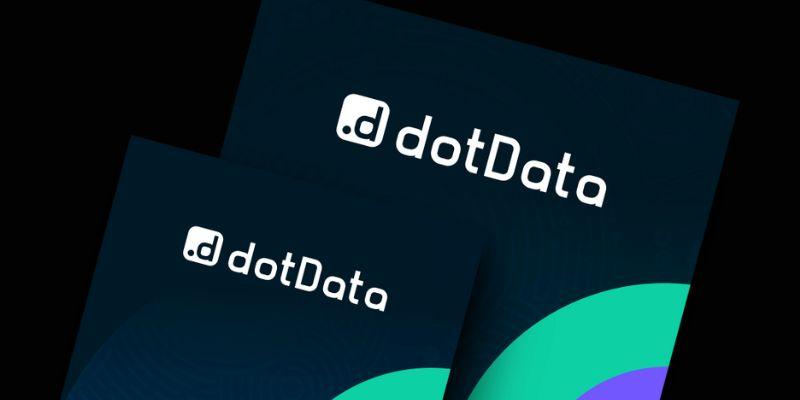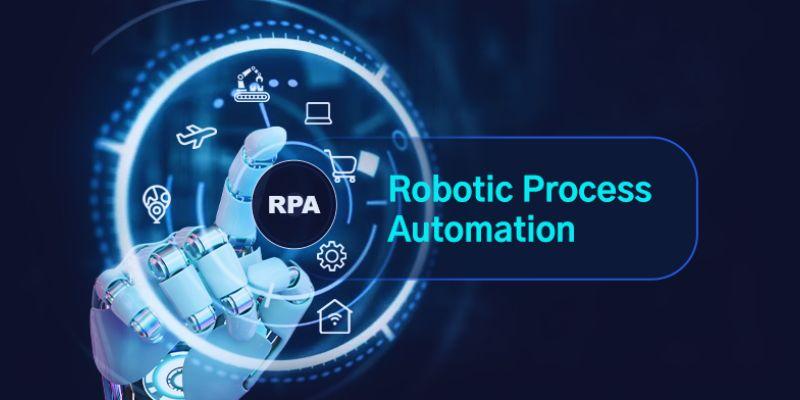Artificial intelligence (AI) is no longer confined to the tech department—it has become a critical driver across all business functions. Today, every C-suite member is, in essence, a Chief AI Officer, responsible for adopting AI-driven strategies that enhance decision-making, optimize operations, and fuel innovation in an increasingly competitive and dynamic landscape.
1. AI Is No Longer a Siloed Technology—It's a Strategic Enabler

AI has moved beyond pilot projects and research labs. It now sits at the center of enterprise strategy. Whether it's automating operations, enhancing customer experiences, improving risk management, or forecasting business trends, AI is the engine powering smarter, faster, and more informed decision-making.
Why This Matters:
- Accelerated time-to-market: AI models can analyze product feedback in real-time, allowing companies to iterate and launch quicker.
- Enhanced resource allocation: Predictive analytics help CFOs optimize budgets and improve financial planning.
- Smarter customer engagement: AI algorithms personalize experiences at scale, boosting customer retention and satisfaction.
In short, AI is no longer a supporting function—it’s a foundational asset. And every executive must understand how it aligns with their business objectives.
2. Executive Roles Are Being Reimagined Through the AI Lens
Traditional role boundaries are fading. AI is fundamentally altering the responsibilities of each leadership role by integrating advanced analytics, intelligent automation, and data-driven decision-making into daily operations.
Functional Evolution Across the C-Suite:
- Chief Executive Officers (CEOs): Must drive enterprise-wide AI adoption while balancing innovation with responsible governance.
- Chief Financial Officers (CFOs): Use AI to forecast revenues, detect anomalies, and model scenarios under complex variables.
- Chief Marketing Officers (CMOs): Rely on AI to optimize campaigns, segment audiences, and derive real-time insights from customer behavior.
- Chief Operating Officers (COOs): Leverage AI for predictive maintenance, logistics management, and process optimization.
- Chief Human Resources Officers (CHROs): Employ AI to analyze workforce trends, enhance recruitment, and personalize learning pathways.
Executives must no longer rely solely on technical teams to interpret AI’s impact—they must lead it themselves with clarity and confidence.
3. Ethics, Transparency, and Responsible AI Are Board-Level Concerns
With great power comes great responsibility. As AI systems influence hiring, lending, pricing, and service delivery, questions around fairness, bias, and transparency have taken center stage.
Core Areas of Executive Accountability:
- Bias detection and mitigation: Ensuring that AI models do not replicate or amplify existing prejudices.
- Explainability: Making AI decisions transparent and understandable for regulators, customers, and internal stakeholders.
- Compliance and data privacy: Adhering to regional and international regulations regarding the use and protection of personal data.
Boards and regulators are increasingly holding leadership accountable for how AI is used. Ethical oversight is no longer a legal formality—it is a strategic imperative and a reputational safeguard.
4. Cross-Functional AI Fluency Is a Business Necessity
The complexity of AI demands more than isolated knowledge. To unlock its full potential, organizations need cross-functional collaboration and fluency.
What This Looks Like in Practice:
- Unified AI governance frameworks shared across legal, compliance, HR, marketing, and operations.
- Joint innovation initiatives between technical and non-technical leaders to co-create AI-powered solutions.
- Shared metrics and KPIs to measure the ROI of AI initiatives across departments.
Executives must be fluent enough in AI to ask the right questions, assess strategic implications, and foster a culture of intelligent experimentation.
5. Hyper-Personalization Is Reshaping Customer and Employee Experiences
AI enables unprecedented levels of personalization by processing and interpreting vast volumes of behavioral data. Organizations that succeed in today’s economy are those that understand individuals—not just markets.
Use Cases Across Leadership:
- Marketing and sales: Real-time personalization of offers and messaging across channels.
- HR and talent management: Customized training programs, performance feedback, and internal mobility pathways.
- Product innovation: Customer feedback loops accelerated by AI-driven sentiment analysis.
Understanding how AI personalizes engagement is essential for executives aiming to increase satisfaction, loyalty, and lifetime value.
6. Speed, Scale, and Adaptability Define Future-Ready Leaders
AI’s ability to process information and execute decisions in seconds demands a new kind of leadership—one that values agility over hierarchy, experimentation over perfection, and data over intuition.
Modern Leadership Principles:
- Empower decentralized decision-making through AI-assisted insights.
- Break down silos to enable faster collaboration and knowledge sharing.
- Promote test-and-learn environments where AI solutions are iterated based on feedback and results.
Organizations with adaptive leaders are more likely to remain competitive and resilient in a dynamic global market.
7. Data Ownership and Stewardship Are Now Shared Responsibilities
Since AI systems depend on high-quality, ethical, and secure data, managing data is no longer solely an IT concern—it’s a shared leadership function.
Executive Roles in Data Stewardship:
- CFOs ensure financial data is clean and structured for reporting automation.
- CMOs oversee the responsible collection of customer data across digital channels.
- COOs evaluate supply chain and operations data to streamline processes.
Each executive must understand the value, structure, and governance of data in their respective domains to power intelligent automation and analytics.
8. Risk Management Must Include Algorithmic Oversight
As businesses rely more heavily on AI systems for critical decisions, algorithmic risk becomes a serious concern. A flawed algorithm can disrupt operations, harm reputation, or expose organizations to legal consequences.
Proactive Risk Management Includes:
- Auditing AI models regularly to identify errors and ensure compliance.
- Establishing fallback protocols in case automated systems fail or behave unexpectedly.
- Training leadership and staff to recognize and report anomalies in AI-driven processes.
Embedding AI risk into enterprise risk management frameworks is now a leadership responsibility, not just a technical one.
9. Talent Strategy Must Focus on AI Readiness and Culture
While acquiring AI talent is important, the long-term differentiator is creating a workforce and culture that embraces AI. This means democratizing AI knowledge and fostering a mindset of innovation across all roles.
Culture-Building Steps for Executives:
- Invest in AI literacy for all employees, regardless of technical background.
- Reward AI-enabled ideas and innovations that improve outcomes.
- Lead by example by participating in AI strategy sessions, pilots, and trainings.
The organizations that thrive will be those where leadership champions transformation from the inside out.
10. The Future of Leadership Is AI-Native

The next generation of enterprise leaders will be AI-native—not because they write code, but because they think in systems, operate with data, and lead through transformation.
Characteristics of AI-Native Leaders:
- Strategic acumen to align AI with business goals.
- Collaborative mindset to bridge technical and business silos.
- Ethical foresight to balance innovation with accountability.
- Learning agility to adapt in a continuously evolving technological landscape.
Leadership is no longer defined solely by vision or charisma—it now requires a deep understanding of how technology drives value.
Conclusion:
We’ve entered an era where AI is not an optional tool—it is a fundamental force shaping every aspect of business. The convergence of data, intelligence, and automation is demanding a new form of leadership—one that is as digitally fluent as it is strategically sound. Every C-suite member must now act with the mindset of a Chief AI Officer, regardless of their formal title. This evolution is not about replacing human judgment—it’s about enhancing it with the scale, speed, and precision of intelligent systems.












